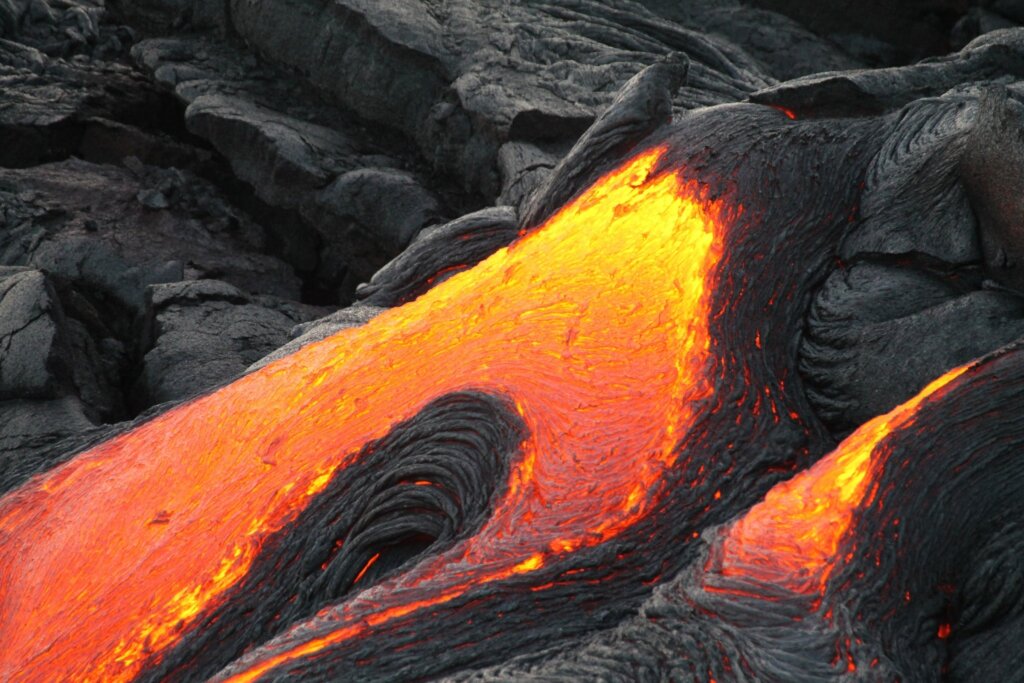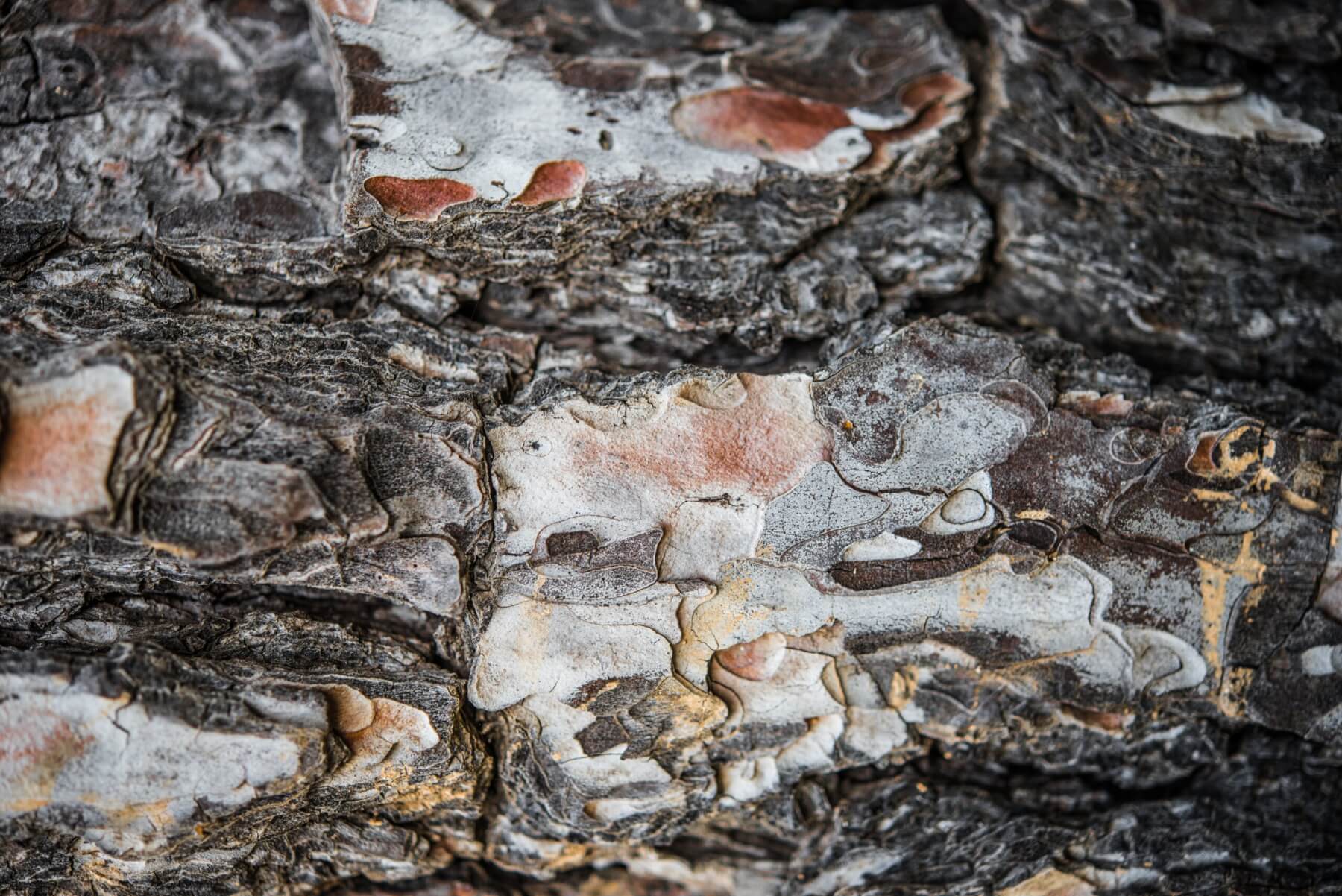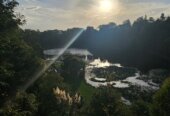
Janine Krippner
If you were to look at a thin slice of rock under a microscope, you would see that they look totally different up close.
While rocks might mostly look a dull brown or grey, they are actually made up of small crystals, and in the case of volcanic rocks, crystals and glass. There are also bubbles that we call vesicles, that formed by expanding volcanic gases as magma rises.
There are several branches of volcano science dedicated to understanding these components, it is incredible what they can tell us.
As magma forms by melting deep below our feet, it begins to rise because it is less dense than the surrounding rock. As this happens there are changes in pressure and temperature, and this causes teeny crystals to begin to form, and gases begin to come out of the magma.
Magma is often a mixture of melt (melted rock), crystals, and gas, and other fluids released as it ascends. As crystals grow, they can trap tiny pockets of these gases, melt, and fluids, and we can study them. This gives us information about where they formed, how fast they rose through the crust, and how the chemistry of the magma changed as it evolved.
Crystals grow by taking out elements from the magma, so the amount of these elements left in the melt (like silicon, oxygen, magnesium, iron, aluminium, calcium, etc.) decline as more crystals grow. This is how magma can evolve from runny basalt like we see at Hawaiian volcanoes, to much more viscous or stickier magmas that can produce much more explosive eruptions. If the magma never erupts it becomes 100 per cent crystals, which is what granite is.
All of this is important for understanding how a volcanic system works and what sort of warning signals we might get. Does the magma tend to rise quickly? Does it have a lot of gases (including water) that might make it more explosive? How long does it tend to sit in the crust before it starts to rise?
The seemingly simple question “how do volcanoes erupt” is actually a very complex one, and we need a lot of chemistry analysis to help us understand it, along with physics, computer models, and other properties of the eruption deposits/rocks.
As we untangle the mysteries that rocks hold, we can compare them to volcanoes around the world, deepening our understanding.
There are experts in every aspect of magma, like how fast elements move on microscopic scales, what the textures and patterns in crystals mean, how old the different parts of magma are, and what the different groups of isotopes – elements with different numbers of neutrons, can tell us about what melted to make the magma in the first place. These can happen across enormous timescales.
Part of being a volcanologist is being able to think across time and space, and visualising complex processes in 3D, which might be smaller than a millimetre to across thousands of kilometres.
Once we have the information about the crystals, we put that together with other information to understand the giant systems below. Volcanic rocks are gorgeous time capsules that record their journey through our Earth, and volcanologists are the detectives unlocking their secrets.

Magma. Photo by Pixabay









